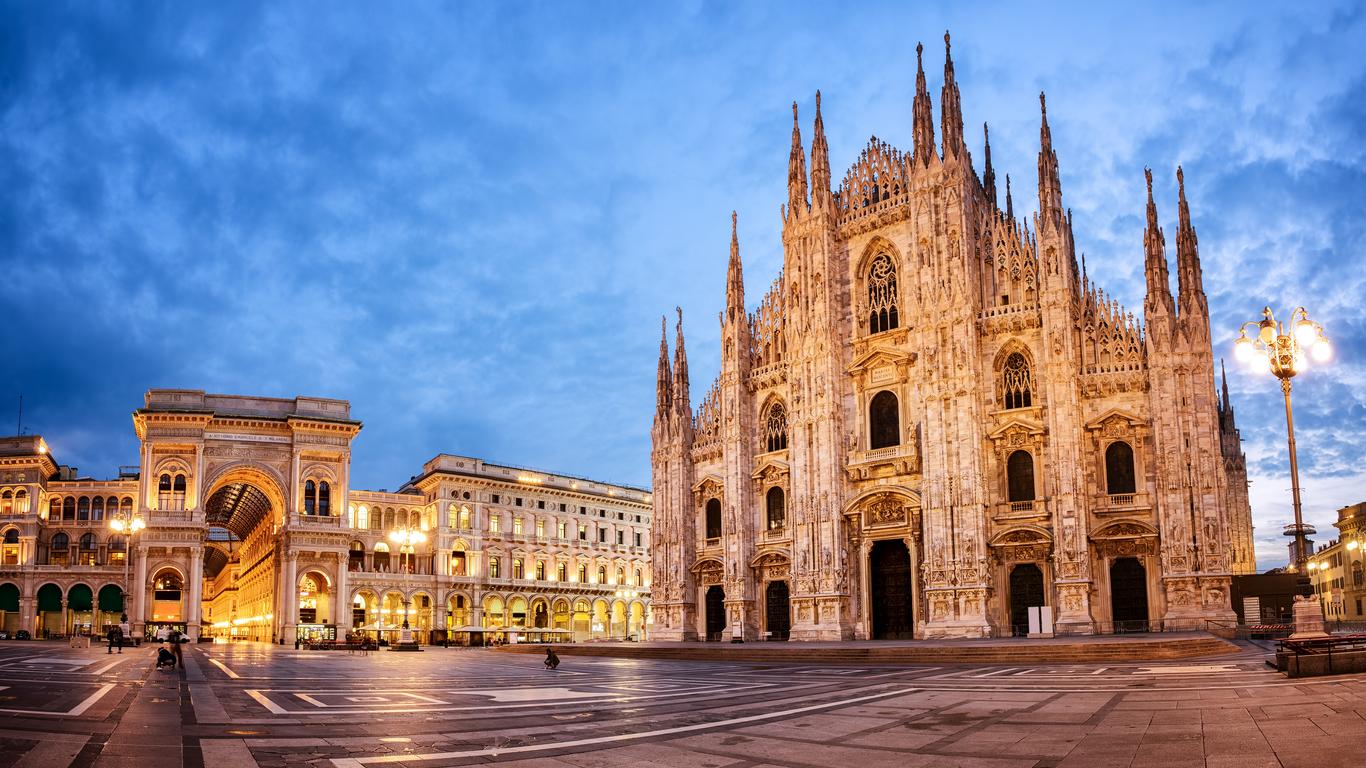Home to an array of global fashion houses, Milan is synonymous with style. It’s anchored by a futuristic skyline and is considered a world leader in sustainable architecture. Milan is dotted with magnificent architecture and is home to a string of world-class museums and art galleries.
Things to Do
For art lovers, Milan is a treasure trove. Sforza Castle houses works by da Vinci and Michelangelo, while Pinacoteca di Brera showcases medieval and Renaissance art. To the west of the city, UNESCO listed Santa Maria delle Grazie is the home of da Vinci’s iconic “The Last Supper” mural.
From Armani and Prada to Valentino and Versace, Milan is the birthplace of high fashion. Some heavyweights have even branched out with spas, hotels, and restaurants. Via Montenapoleone and Corso Venezia are Milan’s main luxury shopping strips, while Corso di Porta Ticinese is a great place to find unique brands.
Gaze up at the Gothic grandeur of the Milan Cathedral, or catch a show at the 18th-century Teatro alla Scala opera house. For a breath of fresh air, enjoy a leisurely stroll around the lush grounds of Parco Sempione.
In Milan, saying “buon appetito” will quickly become second nature. Don’t leave without trying signature dishes like golden breaded veal cutlet (cotoletta), creamy saffron risotto and melt-in-your-mouth ossobuco steak.
Getting Around
Milan is serviced by an extensive network of subway trains, trams and buses. Day passes offer great value for money. The city is pedestrian friendly and offers an eco-friendly bike share initiative. For day trippers, Milan is a great base for exploring northern Italy. From Milano Centrale, it’s easy to reach the shimmering Lombardy lake region, as well as destinations like Bologna, Genova and Venice.





